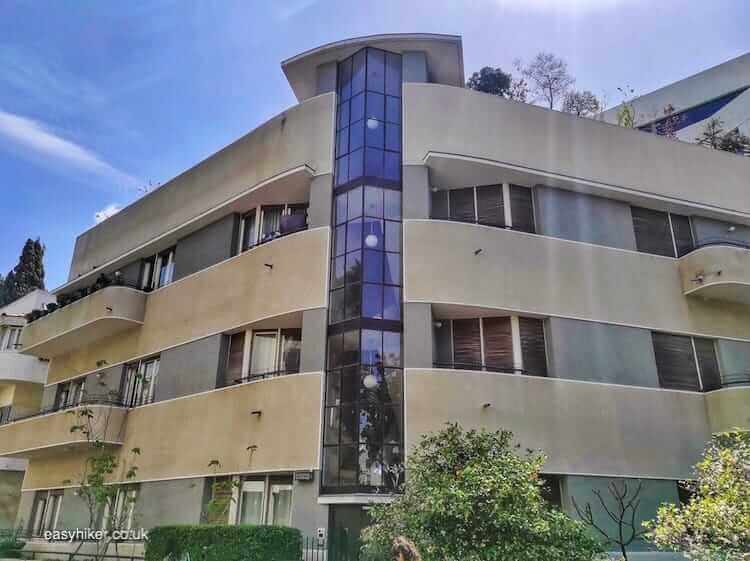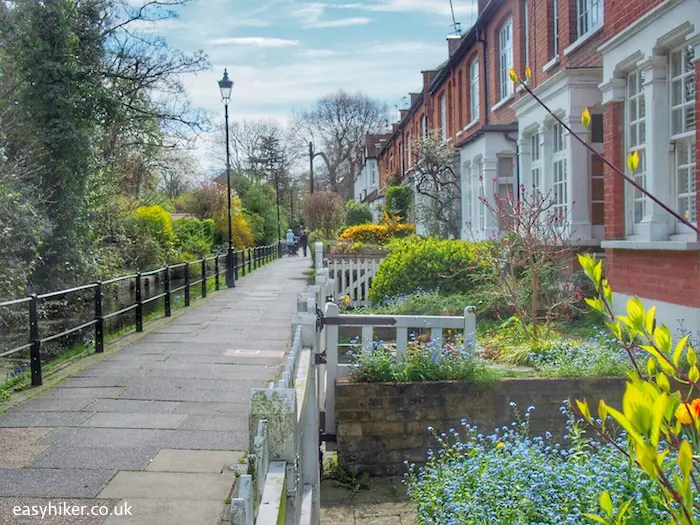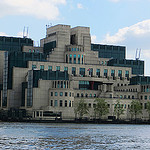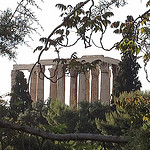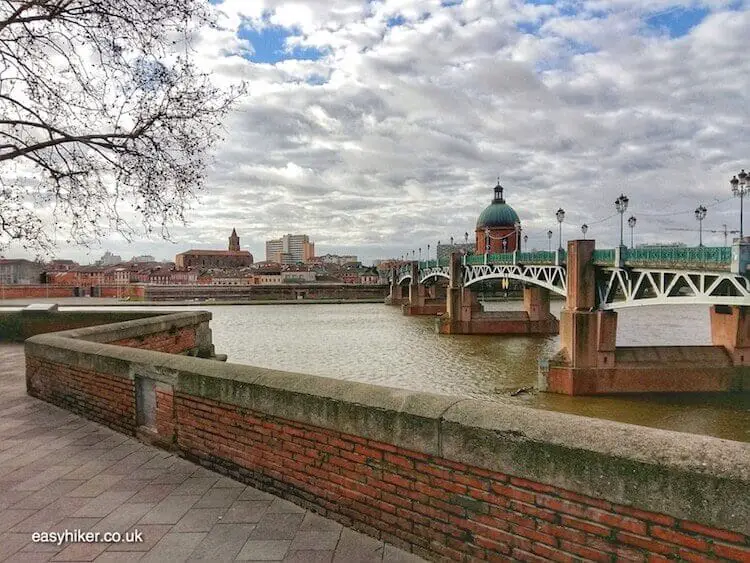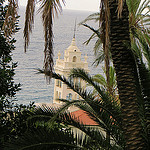British life is full of riddles. So much so that sometimes it may seem as if it had been purposefully engineered to be misconstrued by naive visitors so that the British themselves can gently chuckle at these foreigners’ lack of sophistication and wit.
The hidden rules of British life are as difficult to discern as the rules of English pronunciation (all together now: Worcester, Loughborough, Magdalen College), and the most confusing rules of all are those of the English class system.
Foreigners are forever doomed to struggle with the distinctions between the various social strata and with the meaning of it all in the 21st century. It will take you years of living in Britain to grasp the finer points of this system.
A Short Guide to Understanding British Life
But as a first introduction, I am pleased to offer you this today: an invitation to a walk.
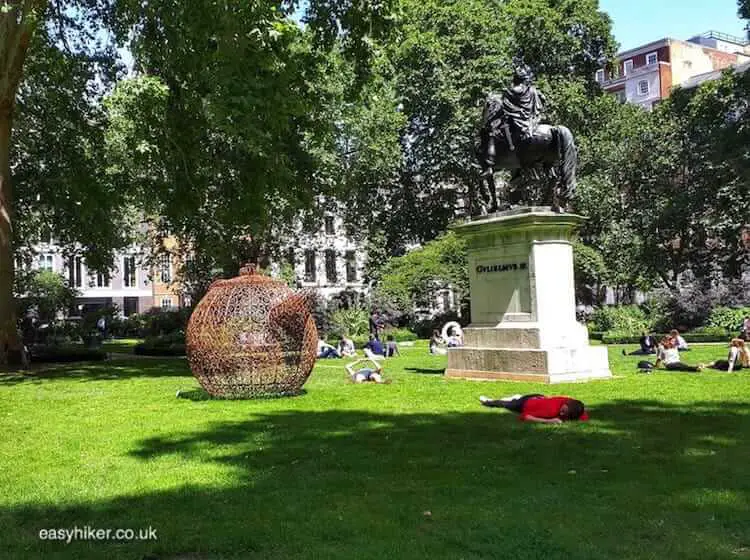
We shall focus our exploration of England’s class system on the upper tier of its pyramid and start at the very top, to help us in understanding British life.
Take the underground to Green Park station and enter the park through the main gate. You can just about spot Buckingham Palace at the park’s far end.
Yes, this is the tube station closest to the Palace and therefore the one the Queen herself uses. Frequently. Ask herself if you don’t believe me.
Armed with this knowledge, you may want to take a closer look at that little old lady who just bumped into you on her transit between the Victoria Line and Piccadilly Line platforms.
Move back to the main road called Piccadilly and turn right at the next corner into St James’s Street.
Pass Jermyn Street on your left, where traditionally many fine gentlemen’s outfitters are plying their trade …
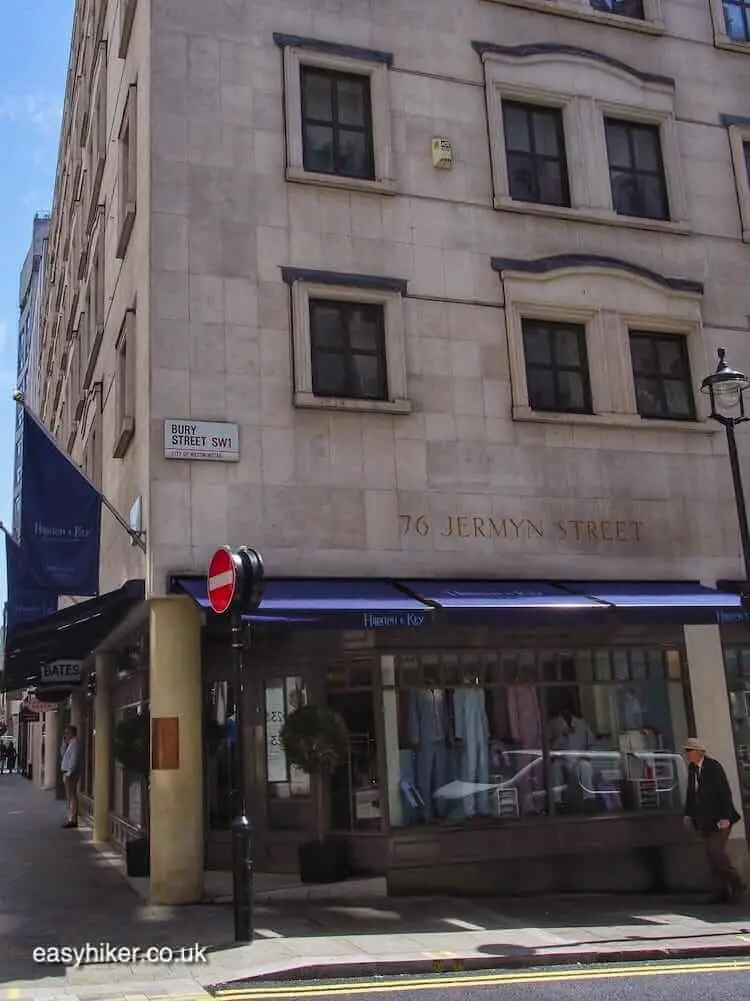
… before stopping in front of White’s at no. 37 …
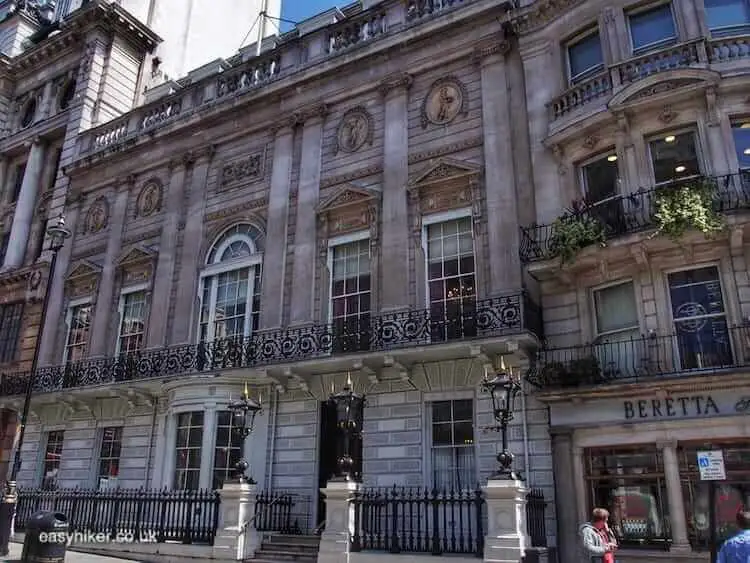
… as well as at Boodle’s (no. 28), …
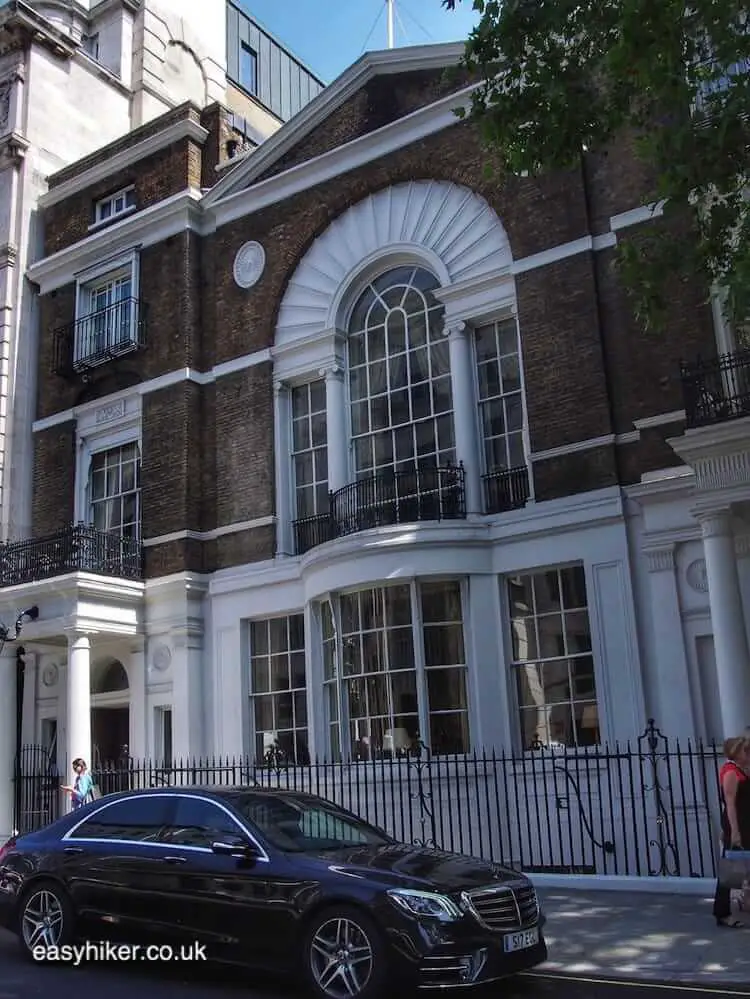
… London’s oldest and most prestigious gentlemen’s clubs, one for members of the high aristocracy (White’s) and the other one (Boodle’s) for the landed gentry.
This is fine distinction number one: aristocrats (the “senior nobility”) owned so much land that they could afford to live grand-scale lives in London for most of the year, while the gentry had to manage their properties in person and could only come to the capital for a few idle months in mid-winter.
Prince Charles is a member of White’s (he celebrated his stag night here in 1981, before his wedding to Princess Diana), as had his eldest son, Prince William. The father of the former Prime Minister David Cameron served as the club’s chairman in the 1970s.
Fine distinction no. 2 within the English upper class is the source of a family’s wealth.
A certain type of gentleman would be drawn to the Carlton Club at no. 69 …
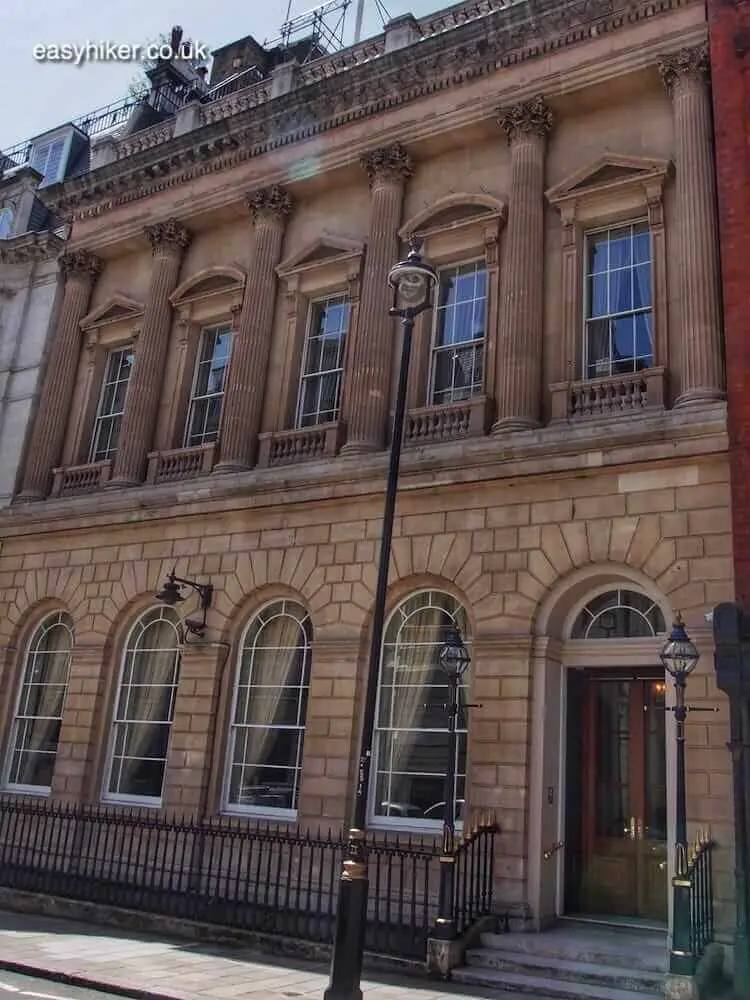
… and a different type to Brooks’s at no. 60.
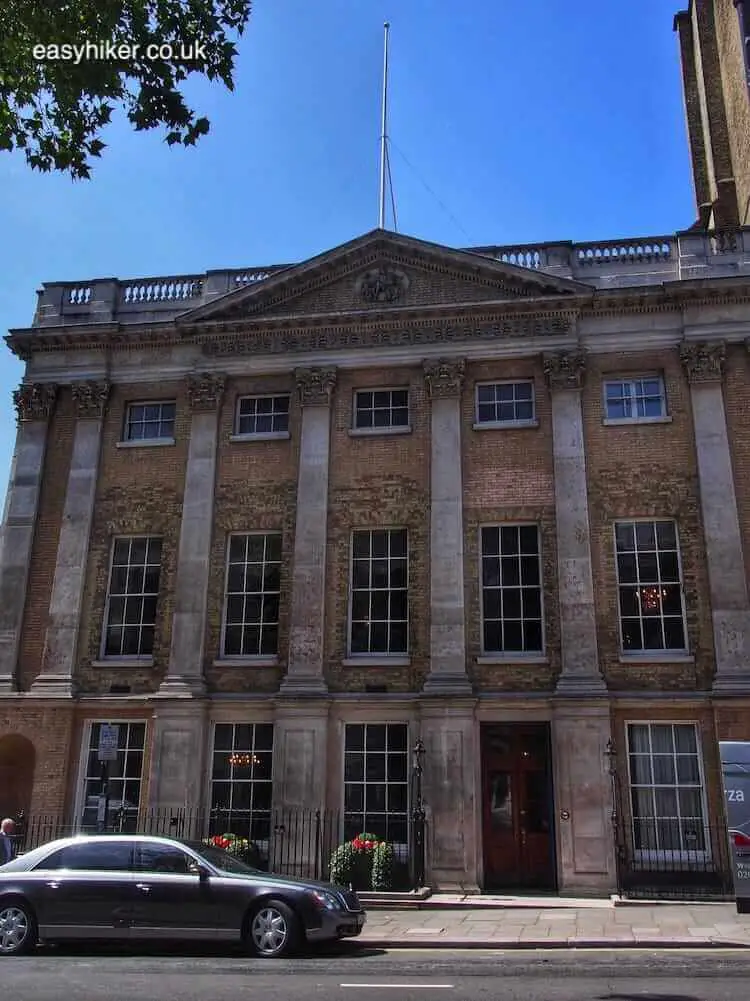
Put simply: in the 19th century, both clubs were the unofficial headquarters of Britain’s two leading parties, the Tories (Carlton) who represented the concerns of the land owners and the Whigs (Brooks’s) who defended the interests of the emerging business class.
In upper class credentials, of course, nothing beats the ownership of land, preferably land that has been in the family for generations. Business is decidedly less noble and even nowadays sometimes derided as “trade”. Members of the entrepreneurial class, “self-made money men”, sit at the bottom of the upper class pyramid.
But why clubs at all? Why did these men – all of whom owned properties in London as well as large piles in the countryside – see the necessity for a “home away from home” in central London?
The answer to this is that they used their clubs mainly for gambling.
In the gentlemen’s clubs of London, entire estates were lost and won playing cards and betting on anything that moved. Literally anything: White’s was the place where, famously, Lord Alvanley once bet a friend £3,000 as to which of two raindrops would first reach the bottom of a window pane.
Even more notorious is the bet in which Lord Derby promised to pay Lord Cholmondeley (hey, pronounce THAT!) the sum of 500 pounds (against a stake of 2 pounds) if the latter were to – ahem – “f*** a woman in a balloon 1,000 yards from the Earth”. (Sorry for being so graphic, folks, but this was the very word in their lordship’s original agreement.)
Time for a little light relief.
Towards the end of the street, you will spot – on your left – Berry Bros. & Rudd, established in 1698 (one of Britain’s oldest extant enterprises) and official wine suppliers of the royal court.
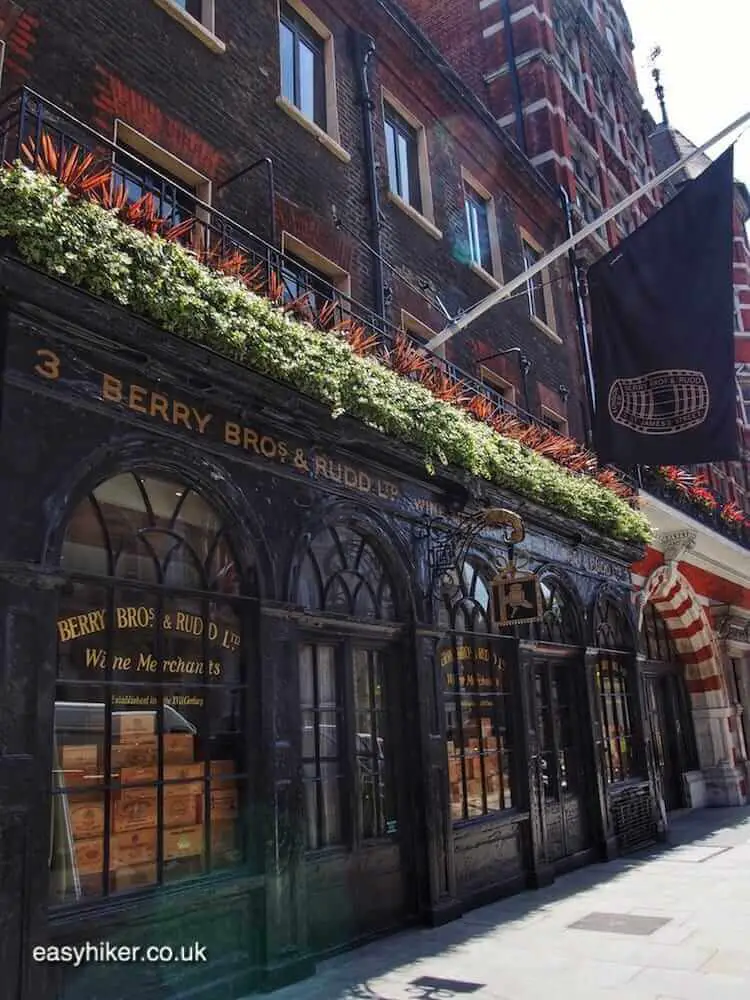
In the same line of shops, you will also find the entrance to Pickering Place, the smallest square in London and the home of the Texan Embassy from 1842 to 1845 when the Lone Star State was an independent republic.
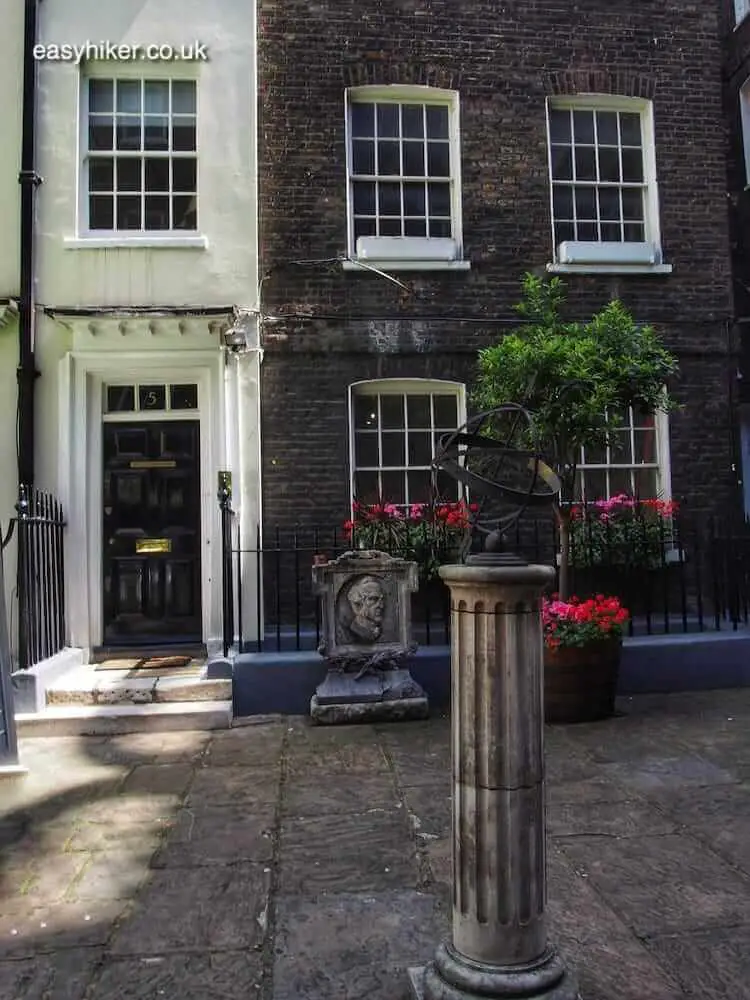
The ancient pile at the end of the street is St James’s Palace. The building was completed in 1536 under Henry VIII and is therefore the oldest “proper” royal residence in town. (The Tower is older but was only sporadically used as a royal residence).
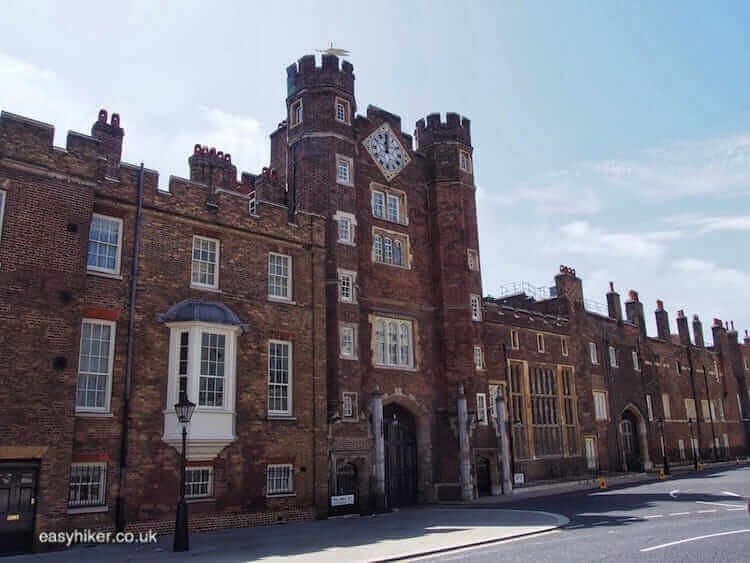
Turn left into Pall Mall, a street which is lined throughout by a large number of more, if slightly less prestigious gentlemen’s clubs from a later era.
These include the Travellers’ Club – open only to applicants who had travelled the, in the early 19th century, considerable distance of 500 miles away from London – and the Reform Club, club land’s established home of modern and progressive ideas.
The reform to which members must still vow their undying commitment is the Reform Act of 1832, Britain’s first major step towards universal suffrage.
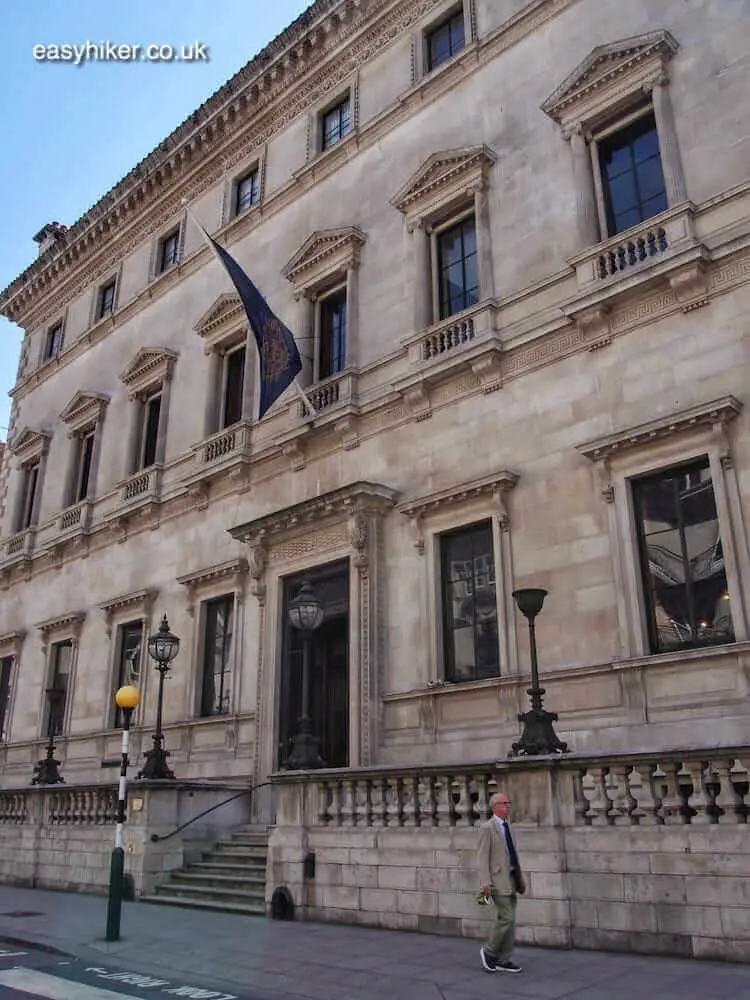
The Reform Club was also the first to allow in female members – in 1981, when the country was already run by a female Prime Minister.
More traditional clubs (including Boodle’s and White’s), meanwhile, are still men-only. Having said that, the Savile Club (in 2017) allowed a “transitioning” member to remain at the club because he’d been a man when he joined.
This, however, occurred at the more raffish end of club land, in Mayfair, where the inflow of new money has eroded most once-hallowed traditions.
Gentlemen from St James’s do not transition. A closet is not just something you acquire for your years at public school: it is a thing for life.
We conclude our walk by turning left opposite the Reform Club into St James’s Square which was laid out and constructed in the 1660s following the Restoration of the monarchy. St James’s Place was London’s smartest address for well over a century.
For a while in the early 18th century, it accommodated more than a dozen dukes and earls. Today, the square is lined by corporate HQs of international conglomerates such as Rio Tinto and BP.
Sit on a park bench for a while …
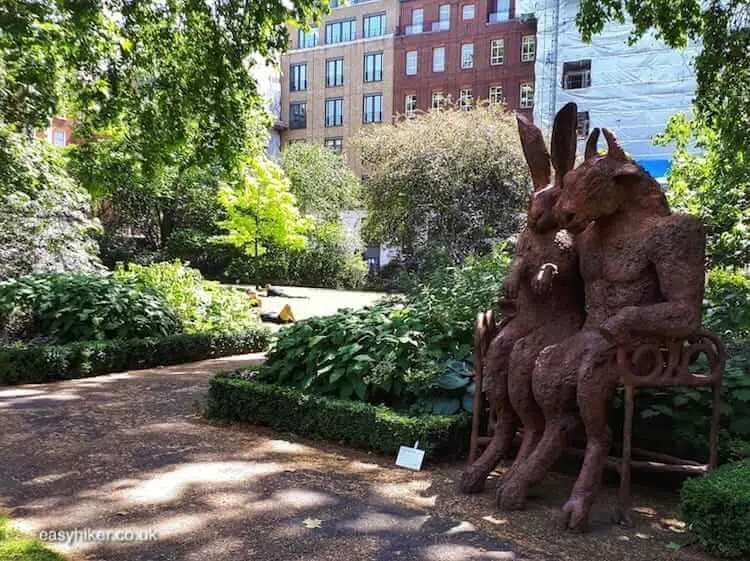
… and mull over the question what it is that the English “ruling class” still rules – and whether the changes brought by those who picked up the baton in the country’s spheres of business and government have all been for the good.
On the other hand, consider this: in the 1950s, Prime Minister Harold MacMillan was related, either by birth or through marriage, to more than half the members in his government. Was Britain really a better country then?

